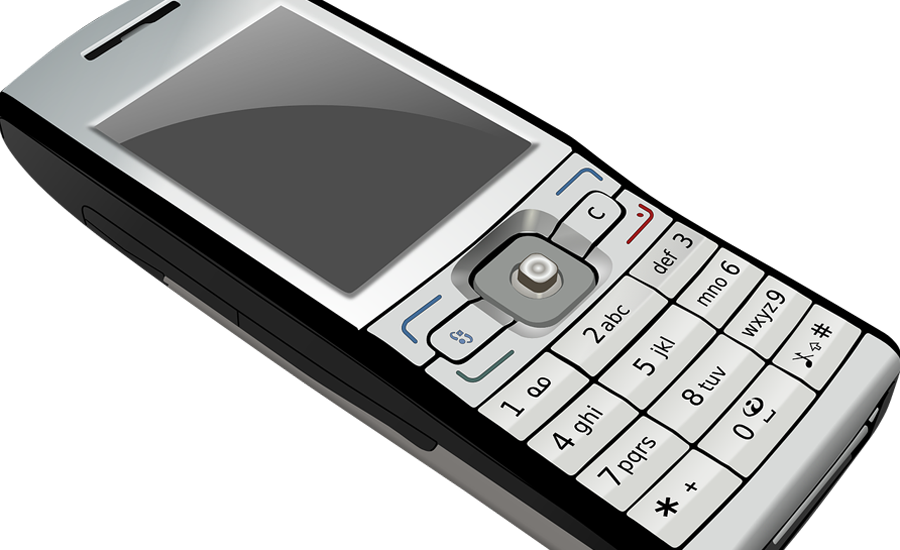On the expo floor of Safety 2017, 28 vendors showcased mobile apps (tracking devices, mobile inspections, alarms and signaling devices, etc.). The new buzzword is “connectivity.” Safety pros are now using technology to respond to the exact location of an employee in distress of help while providing tools to account for the wellbeing of every worker.
But the “connected worker” concept goes beyond tracking lone workers and being instantly alerted to “man down” situations – although much of this real-time connectivity started with concerns for lone worker safety. Tech for lone workers now expanding to first responders, shift workers, line workers, transportation drivers, warehouse workers, etc. One vendor predicted that within five years we could see every worker connected via web-based mobile devices, wearables, and information instantly transmitted via the internet “cloud.”
Connectivity will provide real-time data on toxic exposures, personal health status such as fatigue and pain levels, worker location and alertness, use of PPE, and messaging – pushing weather alerts, emergency alerts and exposure alerts out to workers. No longer will safety departments only collect data; they will push out data to workers, not in newsletters or videos, but in text messages and other forms of alerts.
How quickly this all comes to be will partly depend on market advances in hardware, such as smart phones, tablets, Goggle glasses, drones and sensors. One vendor explained that the way homes are becoming connected --smart houses, appliances, electronics, people and even pets -- is the way you will see workplaces connected. Safety indeed has entered the age of Big Data, the Industrial Internet of Things, analytics and algorithms.
In coming years connections will only get tighter and more immediate with more diverse applications. And in the process workplace safety will benefit from greater immediacy, proactivity, productivity and efficiency.




